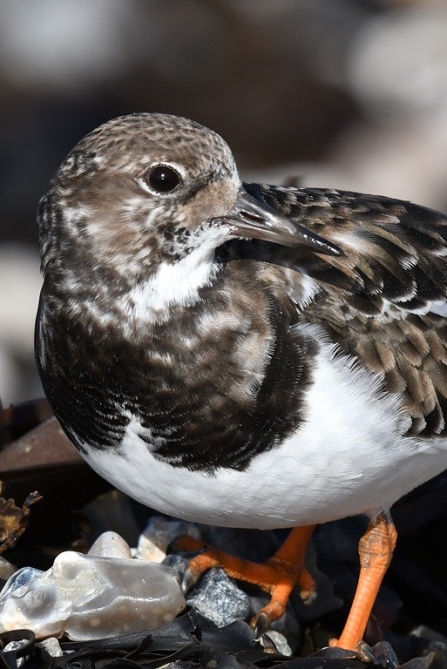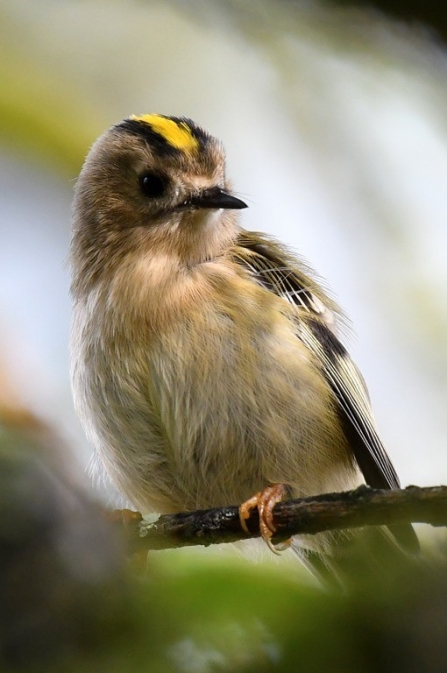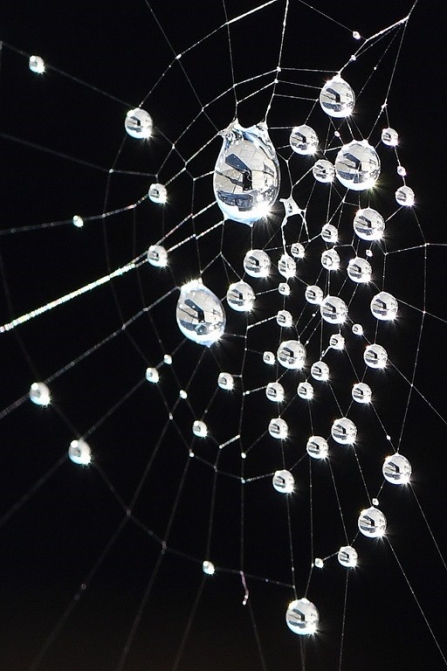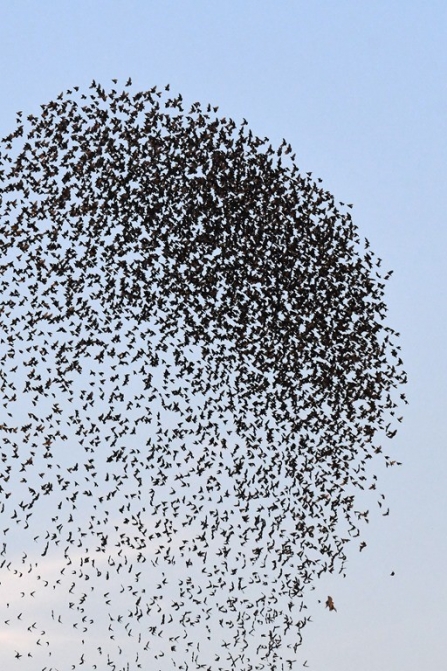Chris Chappell advises the wildlife to watch out for as the season changes...
The change of season accelerates in October, with cooler nights, shorter days, the leaves starting to fall, and fungi sprouting from rotting logs in the woods. But it is also a beautiful time, the autumn colours on misty mornings offer great scope for the photographer, with dew on the spiders webs, dripping foliage, and the myriad shapes and textures of fading greenery.






